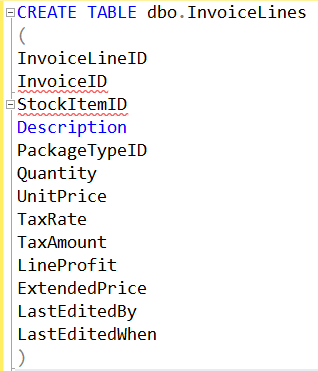SSMS Tips and Tricks 3-9: Using the clipboard ring
Two key combinations used by SQL Server T-SQL developers every day are Ctrl-C and Ctrl-V for copy and paste.
But many users of SQL Server Management Studio (SSMS) don’t realize that it has a clipboard ring and can deal with several objects in the clipboard at the same time.
Let’s see an example.
In this screen shot, I’ve opened a query window with the source code of the AnalyzeTableColumns procedure from SDU Tools.
2025-07-14

